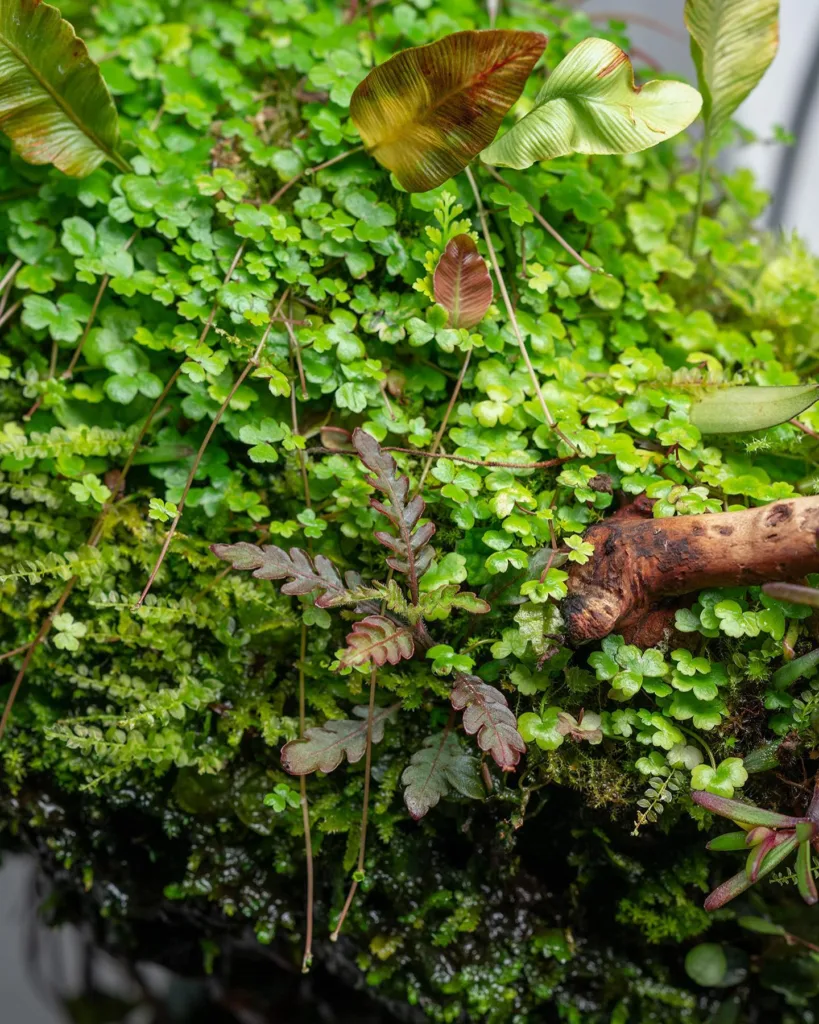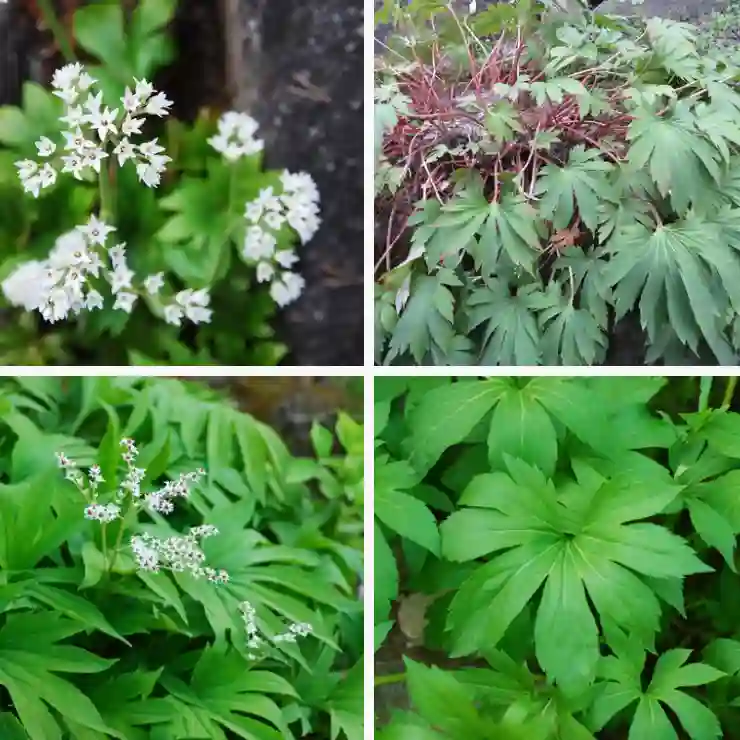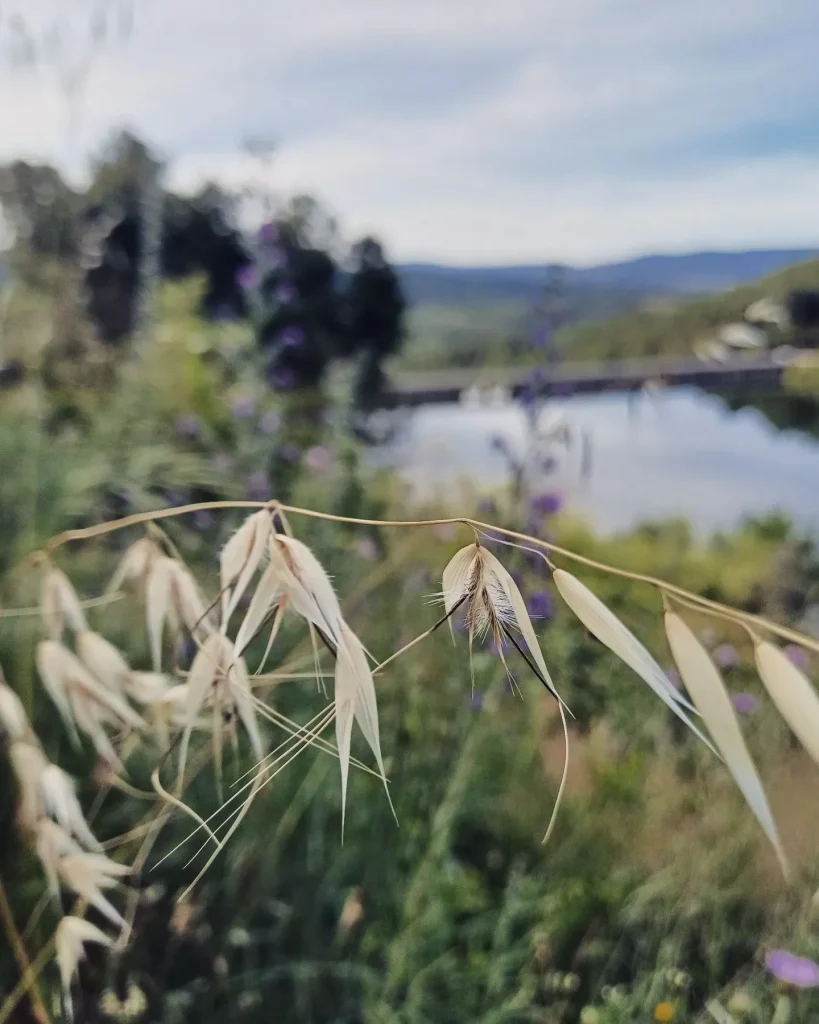FAQs About Decarya Madagascariensis
Decarya Madagascariensis, often called the “Madagascar Spiny Bush” or “Madagascar Thorny Stick,” is a fascinating plant that has piqued my interest over the years. This succulent, native to Madagascar, is both intriguing and challenging to grow, making it a must-have for enthusiasts like myself who appreciate its unique beauty and resilience. Here, I’ll share my insights and experiences, answering some of the most common questions about this plant.
What is Decarya Madagascariensis?
Decarya Madagascariensis is a unique succulent that belongs to the Didiereaceae family. Native to the arid regions of southern Madagascar, it is characterized by its long, slender, thorn-covered stems. The plant’s appearance is both rugged and graceful, with its grey-green stems twisting and turning in various directions. This gives it an almost sculptural quality, making it a striking addition to any succulent collection.
The plant’s thorns are one of its most notable features, serving as a defense mechanism against herbivores. In its natural habitat, Decarya Madagascariensis can grow into a large, sprawling shrub, but when grown as a houseplant, it remains much smaller and more manageable.
How to Care for Decarya Madagascariensis?
Caring for Decarya Madagascariensis can be a rewarding experience if you understand its needs. Here’s how I approach its care:
- Light: This plant thrives in bright, indirect sunlight. I’ve found that placing it near a south or west-facing window works best. It can tolerate some direct sunlight, but too much can cause the stems to scorch.
- Watering: Like most succulents, Decarya Madagascariensis prefers to dry out between waterings. I usually water mine once every two weeks during the growing season and reduce watering to once a month in the winter. Overwatering is a common mistake with this plant, as it’s highly susceptible to root rot.
- Soil: A well-draining cactus or succulent mix is ideal. I sometimes add extra perlite or sand to improve drainage, which helps prevent water from sitting around the roots.
- Temperature: This plant prefers warm temperatures, ideally between 70-85°F (21-29°C). It can tolerate cooler temperatures down to 50°F (10°C), but it’s not frost-tolerant, so I bring it indoors during cold weather.
- Fertilization: I feed my Decarya Madagascariensis with a balanced succulent fertilizer once a month during the growing season. Avoid fertilizing in the winter when the plant is dormant.
How to Propagate Decarya Madagascariensis?
Propagating Decarya Madagascariensis can be a bit tricky, but with patience, it’s definitely doable. Here’s what works for me:
- Cuttings: The most common method of propagation is through stem cuttings. I carefully cut a healthy stem segment with a clean, sharp knife and let it callous over for a few days to prevent rot. Once calloused, I place the cutting in well-draining soil and water sparingly until it establishes roots.
- Seeds: While less common, Decarya Madagascariensis can also be grown from seeds. I’ve had some success by planting the seeds in a cactus mix and keeping the soil slightly moist. Germination can take several weeks, so patience is key.
What to Plant with Decarya Madagascariensis?
When it comes to companion planting, I like to pair Decarya Madagascariensis with other succulents that have similar care requirements. Here are a few plants that complement it well:
- Euphorbia Tirucalli: Also known as the “Pencil Cactus,” this plant has a similar growth habit and thrives under the same conditions. Its pencil-thin, green stems contrast nicely with the thorny, twisted branches of Decarya Madagascariensis.
- Aloe Vera: A classic succulent that requires similar care, Aloe Vera adds a soft, fleshy texture to contrast the spiky appearance of Decarya Madagascariensis.
- Senecio Serpens: The “Blue Chalksticks” plant offers a pop of blue color that pairs beautifully with the grey-green tones of Decarya Madagascariensis.
How Does Decarya Madagascariensis Compare with Euphorbia Milii?
I often get asked how Decarya Madagascariensis compares to Euphorbia Milii, commonly known as the “Crown of Thorns.” Both plants share some similarities, but they also have distinct differences.
- Thorns: Both plants are known for their thorns, but Euphorbia Milii’s thorns are typically shorter and less dense than those of Decarya Madagascariensis. The latter’s thorns are longer, more prominent, and cover the stems more completely.
- Growth Habit: Euphorbia Milii tends to grow more upright and compact, whereas Decarya Madagascariensis has a more sprawling, vining habit. This makes Decarya Madagascariensis more suitable for hanging baskets or as a cascading feature in a succulent arrangement.
- Flowers: One major difference is the flowering aspect. Euphorbia Milii is prized for its bright, colorful flowers that bloom throughout the year. In contrast, Decarya Madagascariensis doesn’t produce showy flowers and is primarily grown for its unique, thorny stems.
- Care Requirements: Both plants have similar care needs, thriving in bright light and well-draining soil. However, I’ve found Decarya Madagascariensis to be slightly more drought-tolerant, making it a bit easier to care for if you’re prone to forget to water.
What Challenges Might I Face with Decarya Madagascariensis?
Growing Decarya Madagascariensis isn’t without its challenges. Here are a few issues I’ve encountered:
- Overwatering: This is perhaps the most common problem. The plant’s roots are prone to rot if the soil stays too wet. I’ve had to be very careful with my watering schedule to avoid this issue.
- Pest Issues: While generally pest-resistant, Decarya Madagascariensis can occasionally attract mealybugs or spider mites. Regular inspections and prompt treatment with insecticidal soap have kept my plants healthy.
- Sunburn: Too much direct sunlight can cause the stems to burn, leading to unsightly brown patches. I’ve learned to acclimate my plant gradually to brighter light to avoid this.
Final Thoughts
Decarya Madagascariensis is a unique and captivating plant that has brought a lot of joy to my collection. While it may present some challenges, the rewards of growing this remarkable succulent far outweigh the difficulties. Whether you’re a seasoned succulent enthusiast or a curious beginner, Decarya Madagascariensis is definitely worth the effort.
If i die, water my plants!



